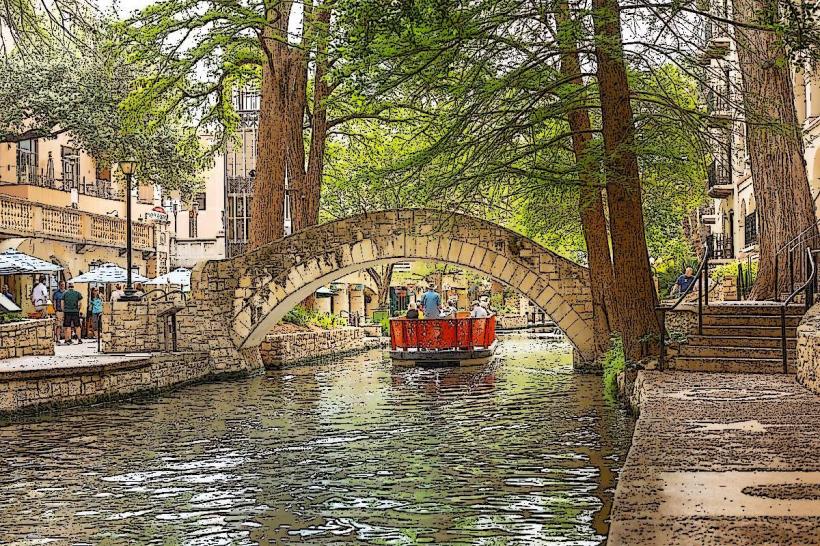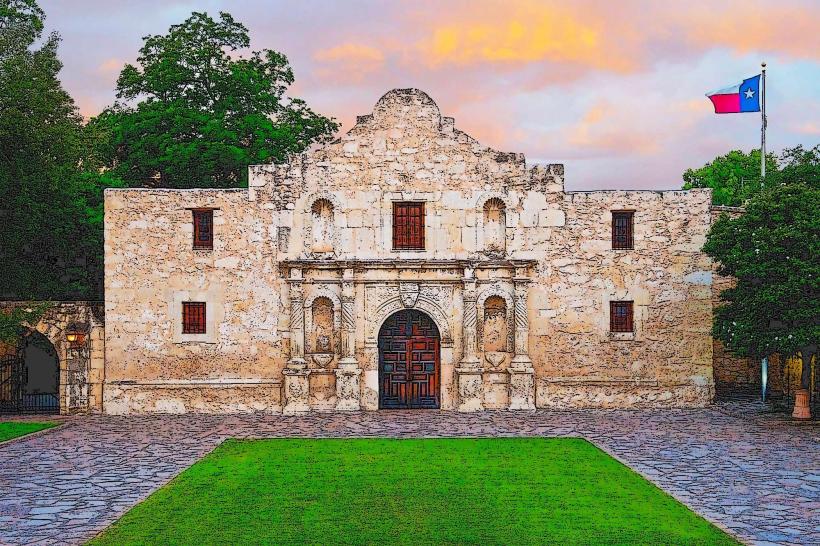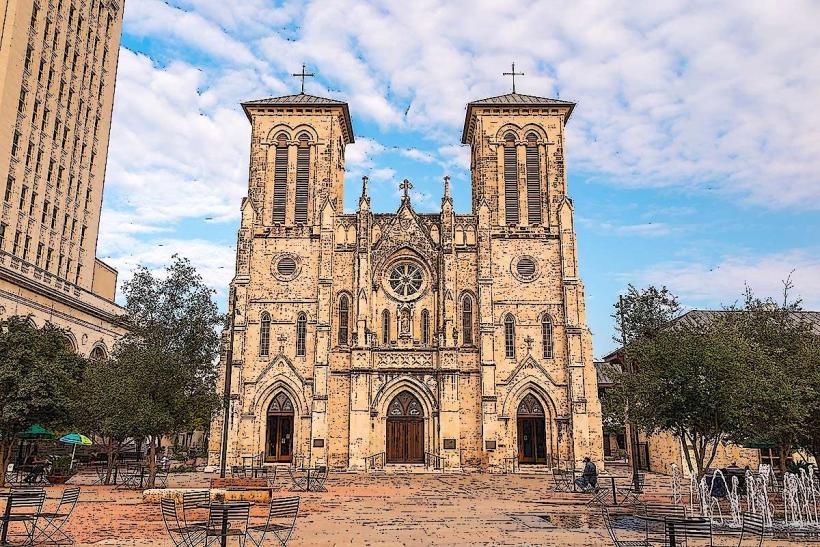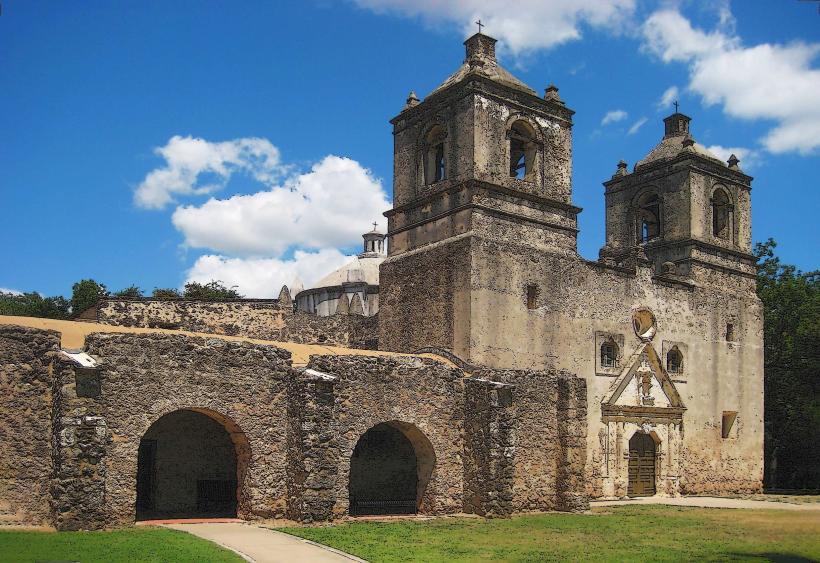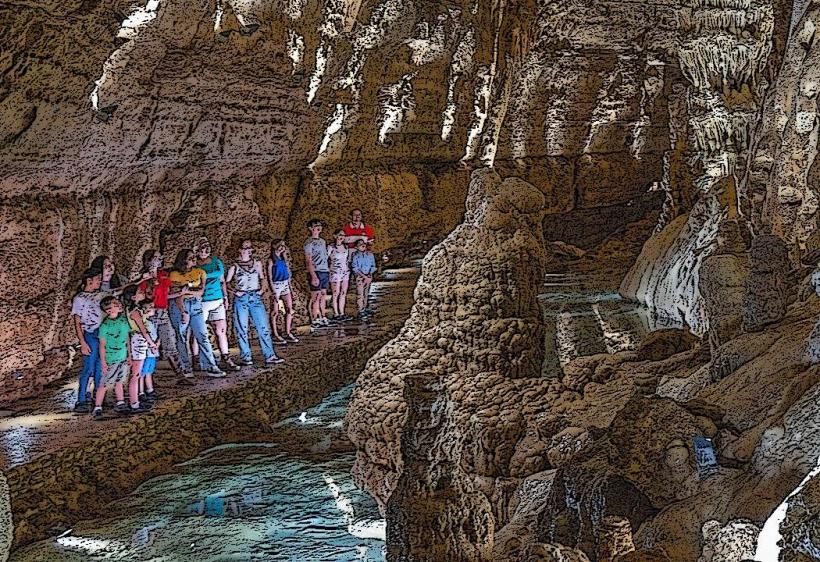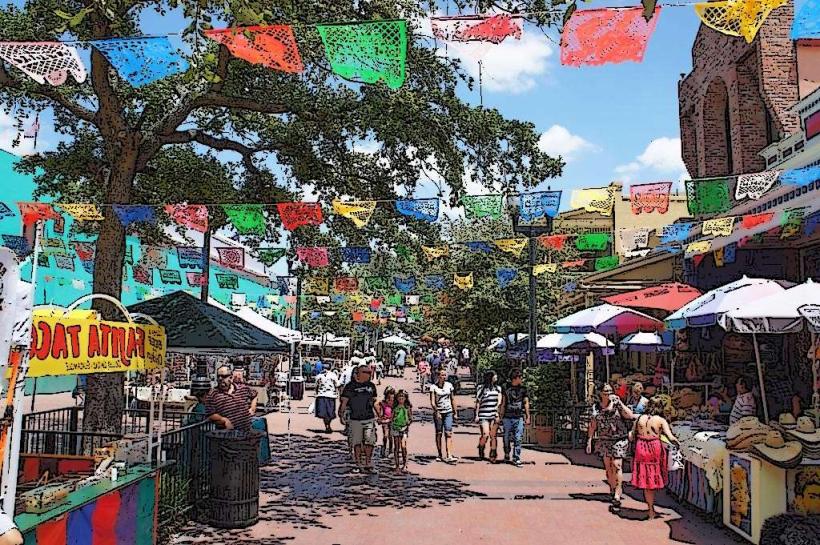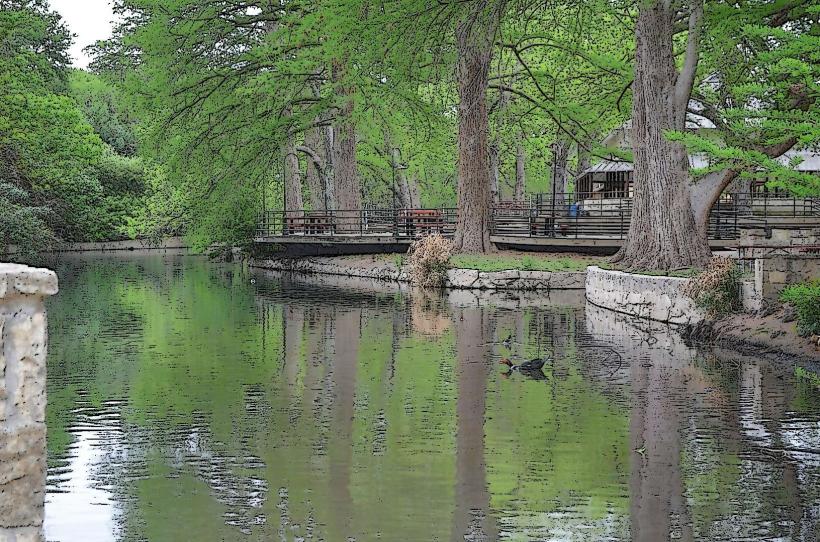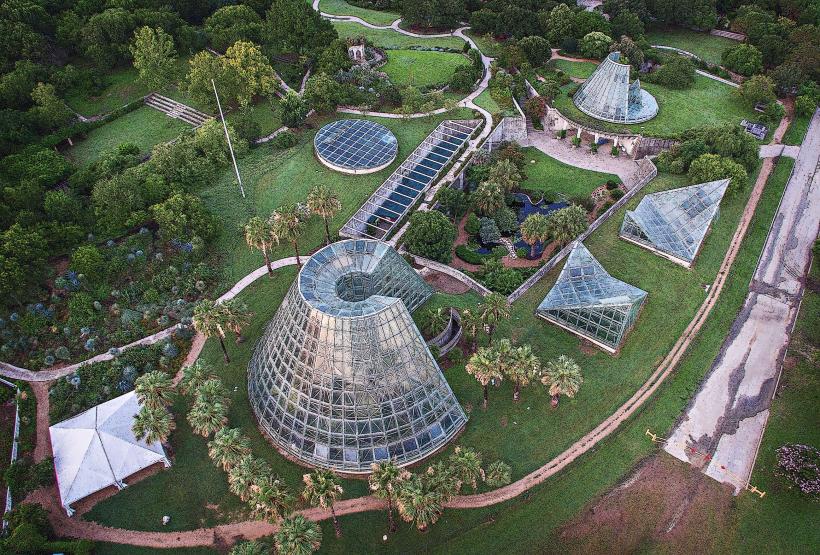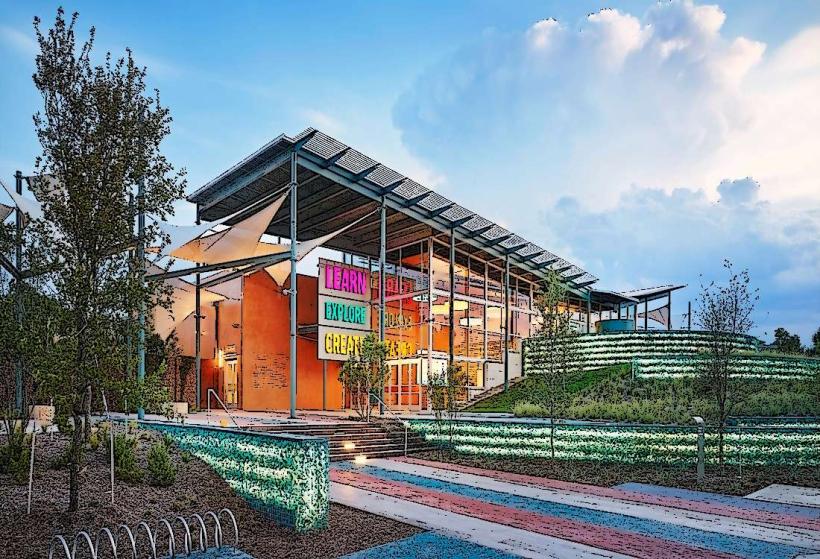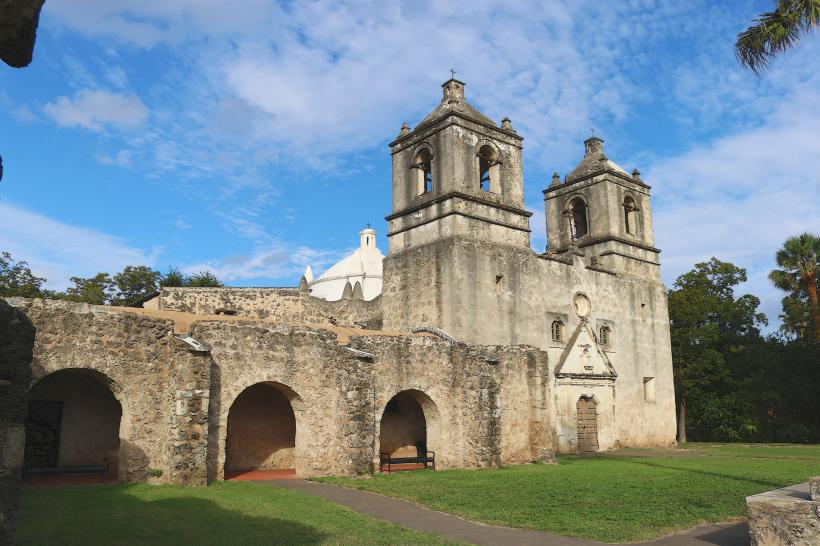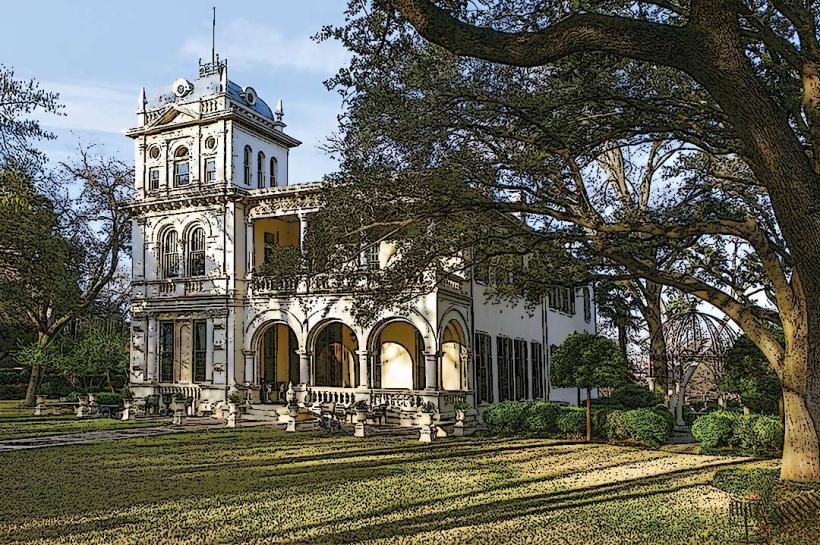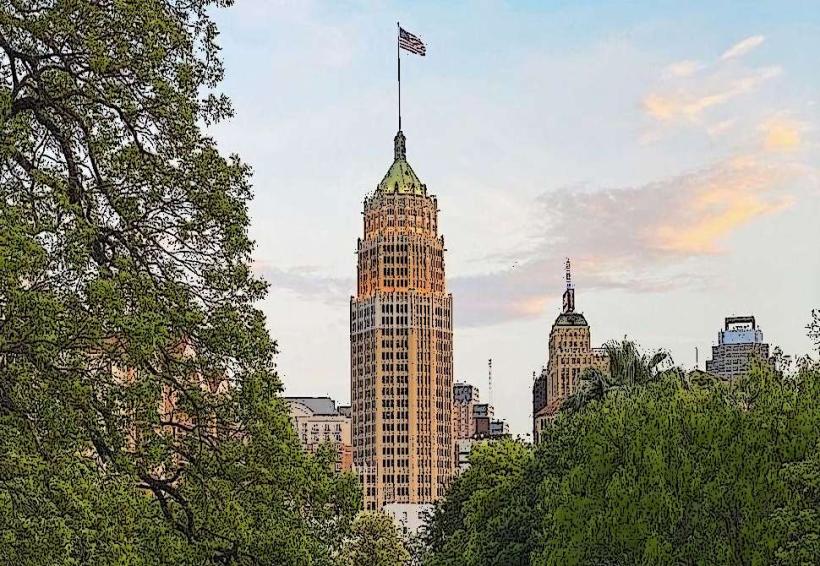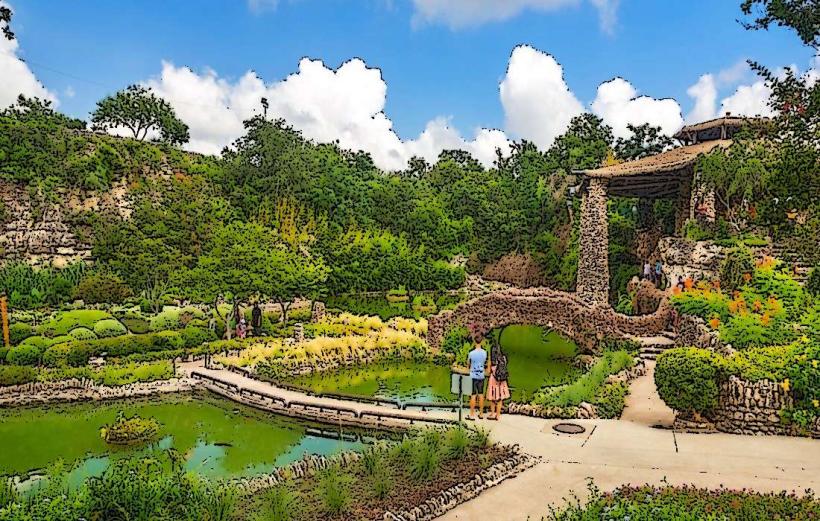Information
City: AustinCountry: USA Texas
Continent: North America
Austin, USA Texas, North America
Austin, the capital city of Texas, is widely regarded as one of the most vibrant, dynamic, and unique cities in the United States. Known for its thriving music scene, progressive culture, tech industry presence, and high quality of life, Austin has become a popular destination for both tourists and new residents. Below is a detailed overview of the city, covering its history, economy, culture, landmarks, and more:
1. History
Austin's history is shaped by its role as a political, cultural, and economic center in Texas.
Early History: Originally inhabited by the Tonkawa and other Native American tribes, Austin was established in 1839 as the capital of the Republic of Texas. It was named after Stephen F. Austin, known as the "Father of Texas" for his efforts in the colonization of Texas.
Texas Capital: In 1845, when Texas became a U.S. state, Austin continued to serve as the state capital. Over the years, Austin has become a focal point for the state’s political life and government activities.
Growth and Development: Austin's economy was historically based on government, education, and agriculture. The presence of the University of Texas, founded in 1883, played a key role in the city’s growth. However, Austin’s rise as a modern tech and cultural hub is a relatively recent phenomenon, primarily taking off in the 1990s.
2. Economy
Austin is a thriving city with a robust and diverse economy, particularly in the fields of technology, government, and education.
Technology and Innovation: Austin is often referred to as "Silicon Hills" due to the large number of technology companies and startups based in the area. The city has become a major hub for tech companies, including major firms like Dell, Apple, Oracle, and Google, alongside numerous smaller startups. The tech industry has contributed significantly to Austin’s economic growth and has attracted a young, highly educated workforce.
Government: As the state capital of Texas, Austin is home to numerous government agencies and the Texas State Legislature. The state government plays a large role in the city’s economy, providing thousands of jobs.
Education and Research: The University of Texas at Austin (UT Austin) is a key player in the city’s economy, providing a strong educational base, world-class research facilities, and a significant number of jobs. UT Austin is also a major center for innovation, particularly in fields like engineering, health care, and business.
Music and Entertainment: Austin is renowned for its music scene, which contributes to the city’s economy through concerts, festivals, and cultural tourism. The city's live music venues and festivals like South by Southwest (SXSW) and Austin City Limits (ACL) play an essential role in its economy.
Health and Biotech: The medical and biotechnology industries are also significant in Austin, with several major research institutions and hospitals. The Dell Medical School at the University of Texas has made Austin a growing center for health-related innovation.
3. Culture and Arts
Austin is often considered a "cultural oasis" in Texas, known for its creative spirit, diversity, and progressive values.
Live Music Capital of the World: Austin is famous for its vibrant music scene, earning the nickname "Live Music Capital of the World." The city is home to numerous live music venues, ranging from small bars to large concert halls, hosting performances in a wide variety of genres, particularly country, blues, rock, and indie music.
Festivals: Austin hosts several major cultural festivals throughout the year. The South by Southwest (SXSW) festival is one of the largest and most influential festivals in the world, focusing on music, film, technology, and interactive media. The Austin City Limits (ACL) festival, which takes place annually in Zilker Park, attracts thousands of music lovers to the city.
Film and Media: Austin has a growing film and media industry, supported by festivals such as the Austin Film Festival and the Texas Film Awards. The city has also become a popular destination for filmmakers, and many movies and television shows have been filmed there.
Art Scene: Austin has a thriving arts community, with numerous galleries, museums, and public art installations. The Blanton Museum of Art and The Contemporary Austin are notable art institutions in the city. Additionally, murals and street art are integral parts of Austin’s aesthetic, and the city’s walls are often adorned with creative and colorful murals.
Food and Drink: Austin is renowned for its food scene, particularly its barbecue, Tex-Mex, and food truck culture. Iconic eateries like Franklin Barbecue and a growing number of farm-to-table restaurants have made Austin a top culinary destination. The city is also known for its craft beer scene, with numerous local breweries producing a variety of innovative brews.
4. Landmarks and Attractions
Austin is home to a diverse range of landmarks and attractions that highlight the city’s history, culture, and natural beauty.
The Texas State Capitol: The Texas State Capitol is a historic landmark in downtown Austin. Built in the 1880s, it is one of the largest state capitols in the U.S. and offers free tours that provide insight into Texas' political history.
Lady Bird Lake: A beautiful reservoir in the heart of the city, Lady Bird Lake offers a wide range of recreational activities, including kayaking, paddleboarding, and hiking along the trails that surround it.
Zilker Park: Zilker Park is a large green space that serves as a central gathering place for Austinites. It is home to a variety of activities, including sports fields, botanical gardens, and the Zilker Hillside Theater. The park is also the site of the annual ACL Music Festival.
Barton Springs Pool: A natural spring-fed pool located in Zilker Park, Barton Springs Pool is one of Austin's most beloved outdoor attractions. It remains a cool 68°F (20°C) year-round and is a popular spot for swimming and relaxation.
The Bullock Texas State History Museum: This museum offers exhibits and artifacts showcasing the history of Texas, from its indigenous cultures to its modern-day influence. It is an excellent resource for anyone interested in the history of the Lone Star State.
Mount Bonnell: Mount Bonnell is one of the highest points in Austin, offering stunning views of the city and the Colorado River. It is a popular spot for hiking and picnicking.
The University of Texas: The University of Texas campus itself is a popular landmark, with attractions such as the LBJ Presidential Library and Texas Memorial Museum of Science and History. The university's football team, the Texas Longhorns, is also an important part of the city's culture.
5. Weather
Austin enjoys a warm climate, with hot summers and mild winters, making it an attractive destination for those who enjoy outdoor activities year-round.
Summers: Summers in Austin are long and hot, with temperatures frequently reaching over 90°F (32°C), often exceeding 100°F (38°C) in July and August. The heat is often accompanied by humidity, making air conditioning a necessity during the summer months.
Winters: Winters are mild, with average temperatures ranging from the 40s°F (5-9°C) to 60s°F (15-20°C). Snowfall is rare, and when it does occur, it is usually light and doesn't last long. However, cold fronts can bring brief, chilly spells.
Spring and Fall: Spring and fall are considered the most pleasant times of the year, with mild temperatures and beautiful weather that encourage outdoor activities like hiking, biking, and attending festivals.
6. Transportation
Austin has a comprehensive transportation system, though the city is growing rapidly, which has led to increasing traffic congestion.
Roadways: Austin is served by several major highways, including I-35, which runs north-south through the city, and Loop 1 (Mopac Expressway), which provides access to various parts of the metro area. Traffic congestion is a growing concern, particularly during rush hour.
Public Transit: The Capital Metropolitan Transportation Authority (CapMetro) operates a bus system, as well as a light rail line that serves key areas of the city. Public transportation is used by some residents, but the city is still largely car-dependent.
Biking: Austin has made significant investments in bike infrastructure, and the city has a well-developed network of bike lanes and trails. The city is known for being bike-friendly, and there is a growing bike-sharing program, B-cycle, available for residents and visitors.
Austin-Bergstrom International Airport: Located just southeast of downtown, the airport serves as Austin’s main gateway for both domestic and international flights. The airport has seen significant expansion in recent years, adding new terminals and increasing its flight offerings.
7. Sports
While Austin is not as traditionally sports-focused as some other Texas cities, it has a growing sports culture.
Austin FC (MLS): Austin’s Major League Soccer (MLS) team, Austin FC, began playing in 2021 and has quickly become a major draw for soccer fans in the city. The team plays at Q2 Stadium, which opened in 2021.
University of Texas Longhorns: The University of Texas is home to one of the most iconic college sports programs in the country. The Longhorns football team, in particular, has a large following, and games at Darrell K Royal–Texas Memorial Stadium are major events in the city.
Conclusion
Austin is a city that blends tradition and modernity, offering a unique combination of history, culture, innovation, and outdoor living. From its tech industry and educational institutions to its vibrant music scene and natural beauty, Austin stands out as one of the most attractive and diverse cities in the U.S. Whether you're drawn to its live music, the eclectic atmosphere, or the growing tech scene, Austin has something for everyone, making it a city on the rise.

